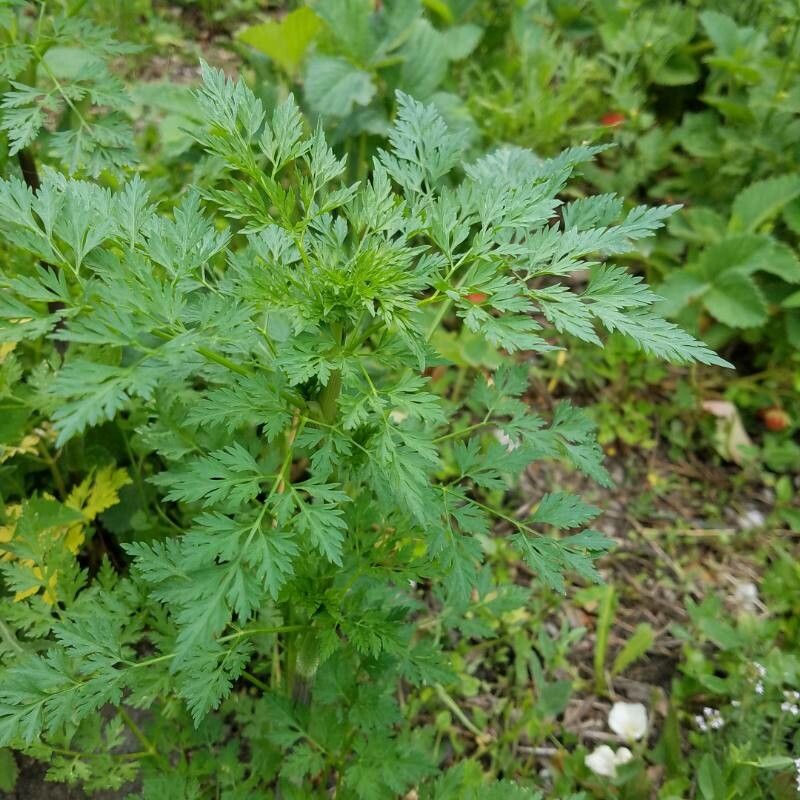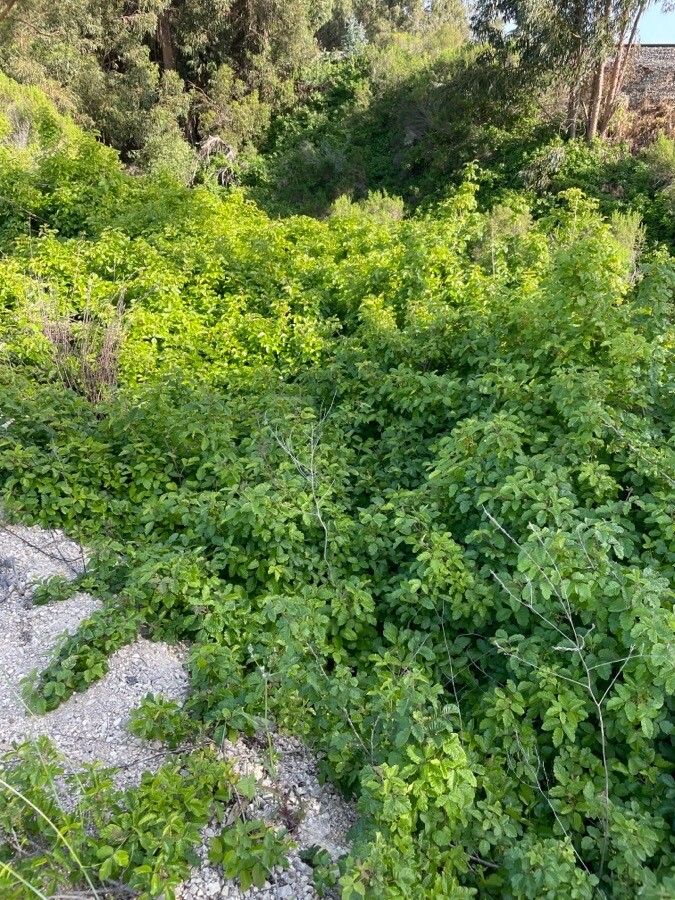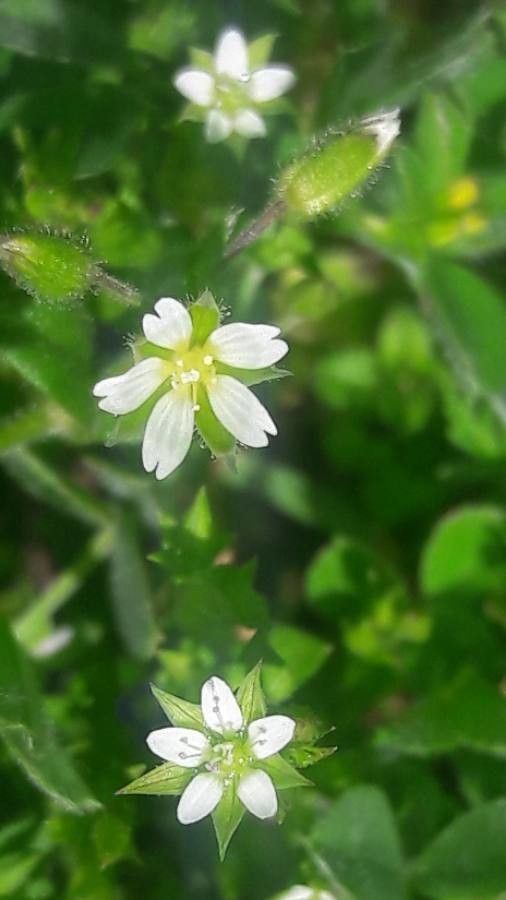## Fool's Parsley: A Dangerous Deception
Fool's parsley ( *Aethusa cynapium*) is a highly toxic plant belonging to the Apiaceae family, also known as the carrot or parsley family. This deceptive plant shares a striking resemblance to several edible herbs, including parsley, making it a serious threat to those unfamiliar with its identifying features. This guide will provide crucial information for safe plant identification and highlight the dangers of accidental ingestion.
### Habitat and Growth
Fool's parsley thrives in disturbed habitats, often found in gardens, fields, wastelands, and along roadsides. It prefers moist, rich soil and partial to full shade. The plant is an annual, meaning it completes its life cycle within a single year, producing seeds that readily spread.
### Identifying Fool's Parsley: Key Features to Look For
Distinguishing Fool's parsley from safe plants is crucial. Here's a comparison:
**Fool's Parsley:**
* **Leaves:** Finely divided, feathery leaves, similar to parsley, but generally more glossy and darker green. Often with a slightly yellow-green tinge.
* **Stem:** Smooth, often grooved, and typically hollow.
* **Flowers:** Small, white flowers arranged in umbels (flat-topped clusters), often with a greenish tinge, unlike the bright white of parsley.
* **Smell:** Has a distinctly unpleasant, slightly mousey odor when crushed, unlike the fresh, aromatic scent of parsley.
* **Overall Appearance:** A more robust and somewhat weed-like growth habit compared to cultivated parsley.
**Parsley (for comparison):**
* **Leaves:** Flatter and brighter green, with a characteristic fresh, aromatic scent when crushed.
* **Stem:** Solid, not hollow, or only slightly hollow at the base.
* **Flowers:** Bright white umbels of flowers.
**Crucial Note:** Never rely on smell alone for identification. Always carefully examine multiple features of the plant.
### Toxicity and Symptoms
All parts of Fool's parsley are poisonous due to the presence of toxic alkaloids. Ingestion can cause nausea, vomiting, diarrhea, abdominal cramps, dizziness, and in severe cases, respiratory paralysis and even death, especially in children and animals. If you suspect ingestion, seek immediate medical attention.
### Safe Foraging Practices
Foraging should always be approached with caution and respect. When collecting wild herbs, it is crucial to be 100% certain of the plant’s identity. If there's any doubt, do not consume it. Consult with an expert forager or botanist before consuming any wild plants.
### Conclusion
Fool's parsley serves as a stark reminder of the dangers of misidentification when foraging or handling wild plants. By understanding its key characteristics and exercising caution, you can minimize the risk of accidental poisoning.
Fool's Parsley: Identification, Dangers & Look-Alikes

Frequently Asked Questions
Is Fool's parsley poisonous to humans?
Yes, all parts of Fool's parsley are poisonous due to toxic alkaloids. Ingestion can cause a range of symptoms from mild digestive upset to serious respiratory issues and even death in severe cases.
How can I tell Fool's parsley from parsley?
While both have similar feathery leaves, Fool's parsley has a darker, glossier green leaf, a slightly mousey smell when crushed (parsley smells fresh and aromatic), hollow stems (parsley stems are solid), and often slightly greenish-tinged flowers (parsley flowers are bright white). Always verify identification with multiple sources before consumption.


